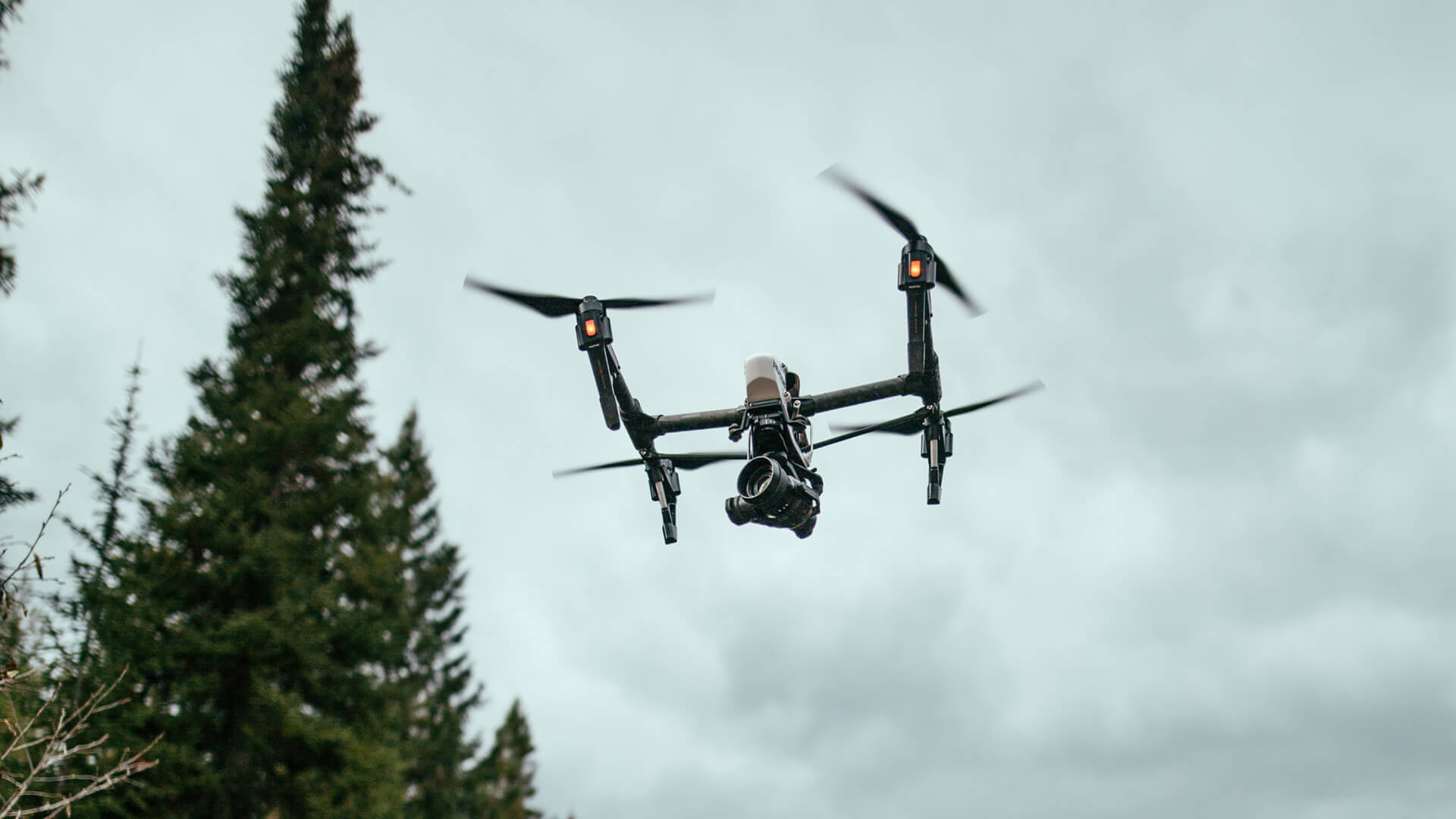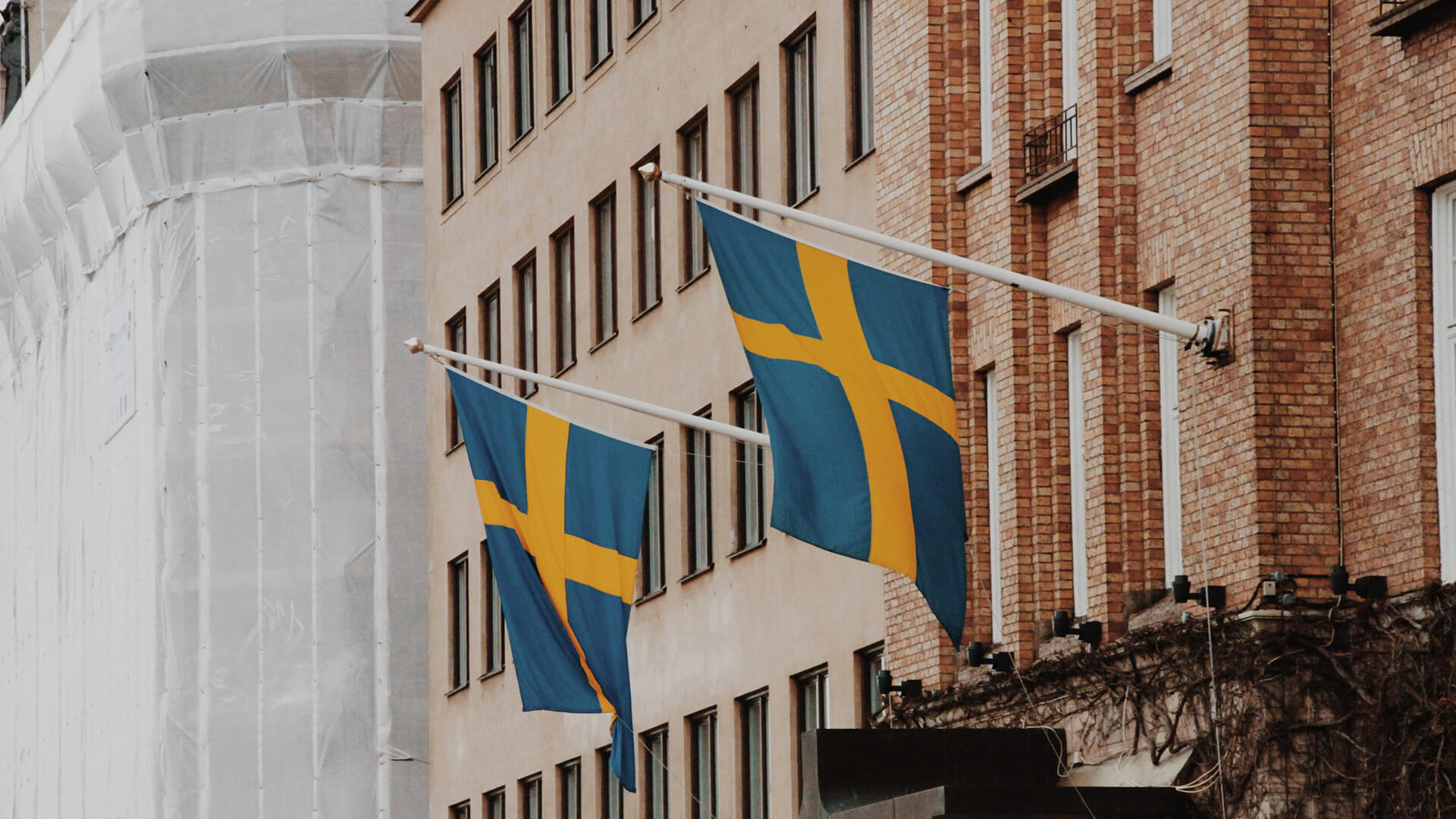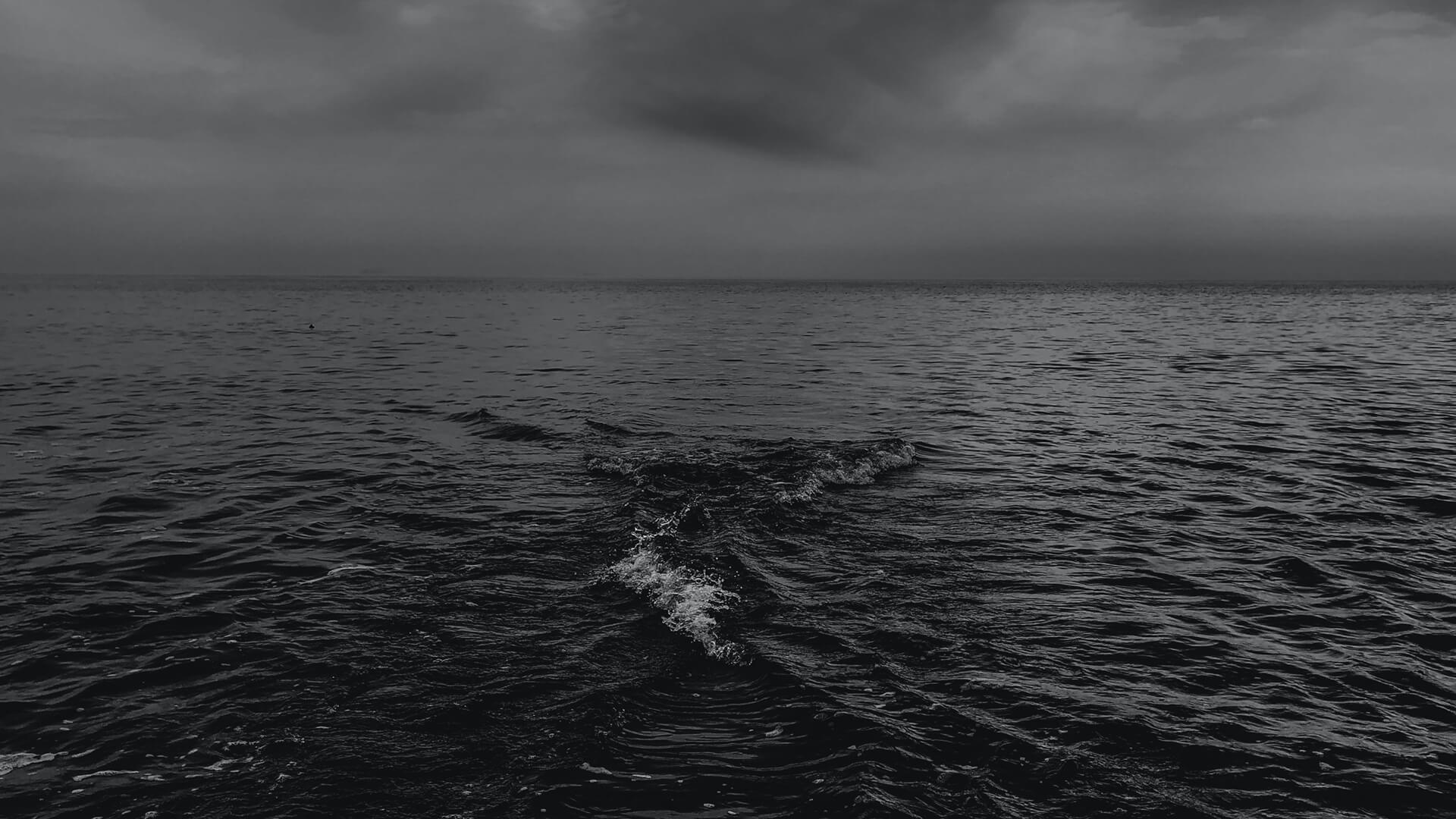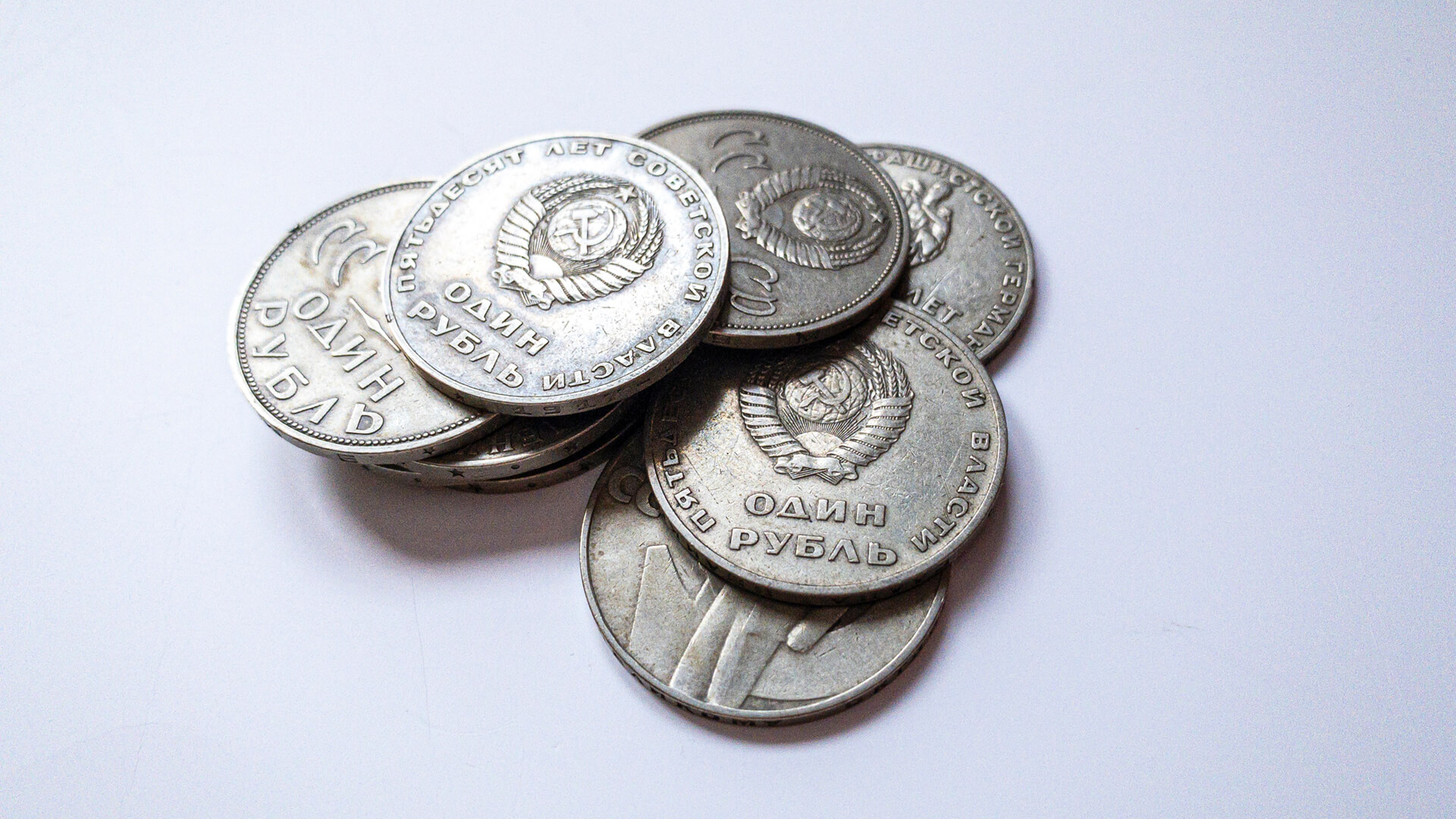Moscow has begun limiting natural gas supply to Poland and Bulgaria as Russia seeks to increase energy pressure on Europe. Ostensibly these moves are to encourage European buyers of natural gas to pay their bills in rubles. But Russia has a longer-term goal in mind.
Many private players within Germany, Austria and Hungary especially are lobbying their respective governments to allow them to continue doing business with Russia in rubles, hoping to sidestep sanctions.
Why cut gas supplies to Bulgaria and Poland? Both have older infrastructure linkages to Russia dating back to their status as former members of the Soviet Union. Both also serve as transit states to downstream customers. Russia can limit gas deliveries to Poland and Bulgaria without hurting primary consumers–and significant trade partners–in places like Germany, Austria and Hungary. Russia is also betting that Bulgaria and Poland will tap newer gas transit lines to distribute within their networks, which will then allow Moscow to pursue a variety of legal remedies against the two EU states.
This is all being done with an eye of exacerbating the considerable EU and NATO cohesion that has seen a broad constellation of political, economic and military support for the Ukrainians since the Russian invasion began. Even if Europeans are broadly supportive of Ukraine conceptually, the Russians know that when the rubber hits the road (or more bluntly, if the natural gas doesn’t flow), Berlin and Vienna and Budapest will prioritize local economic and energy concerns over an abstract sense of supporting democracy in Ukraine.
All of this to a point, though. The Europeans are showing many signs of shaking off decades of inertia and wishful thinking when it comes to finally doing the hard work of weaning off Russian energy. We see this most clearly when it comes to updating oil transport infrastructure. Russia needs to move quickly before buyers like Germany can easily source alternative crude supplies, and before its own fields must be shut-in due to a lack of buyers. Which makes natural gas the last strategic link. Moscow must walk a narrow line between applying enough pressure to break the European alliance, but not so much that Germany and its neighbors become convinced to sever its energy dependencies on Russia.
Here at Zeihan On Geopolitics we select a single charity to sponsor. We have two criteria:
First, we look across the world and use our skill sets to identify where the needs are most acute. Second, we look for an institution with preexisting networks for both materials gathering and aid distribution. That way we know every cent of our donation is not simply going directly to where help is needed most, but our donations serve as a force multiplier for a system already in existence. Then we give what we can.
Today, our chosen charity is a group called Medshare, which provides emergency medical services to communities in need, with a very heavy emphasis on locations facing acute crises. Medshare operates right in the thick of it. Until future notice, every cent we earn from every book we sell in every format through every retailer is going to Medshare’s Ukraine fund.
And then there’s you.
Our newsletters and videologues are not only free, they will always be free. We also will never share your contact information with anyone. All we ask is that if you find one of our releases in any way useful, that you make a donation to Medshare. Over one third of Ukraine’s pre-war population has either been forced from their homes, kidnapped and shipped to Russia, or is trying to survive in occupied lands. This is our way to help who we can. Please, join us.












